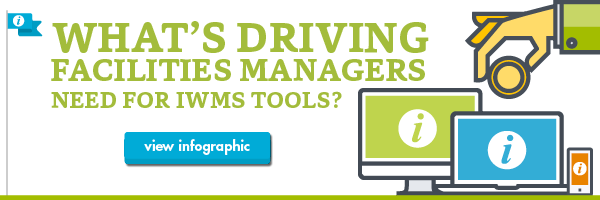Happy 10th Anniversary To Coworking!


The first coworking space in the U.S. was introduced in 2005 by Spiral Muse (now known as Hat Factory) programmer Brad Neuberg. In an effort to foster workspace health and support a more social business culture, Neuberg offered a “home for well-being,” which included up to eight desks two days a week, free Wi-Fi, and shared lunches. Further supporting a well-balanced work/home life, this space had a strict closing time of 5:45 pm. This concept offered occupants a more relaxed and collaborative workspace, resulting in increased productivity and creativity, as well as individual physical and mental health.
Coworking was not an entirely new concept. Ten years earlier, the first hacker space, C-base, was founded in Berlin. Designed to promote a community-like atmosphere, C-base offered a space for individuals to gather and work. Participants quickly realized the benefits of surrounding themselves with people involved in a wide range of industries. So much so, that in January of 2008, Cubes & Crayons opened it’s first co-working space with a childcare facility onsite. And, with 53 million Americans — 34% of the workforce – employed as independent workers, the concept of shared workspace is showing no signs of going extinct.

Still, this is not a concept all offices and companies are rushing to adopt. Possibly out of resistance to change and partly because of the logistics of making changes, it still may need some PR work to help people and organizations understand the benefits it can offer. Therefore, we have compiled some compelling statistics, which may have you thinking more about abandoning the cubicle and linking up with your peers.
- As of 2013, the Commercial Real Estate Development Association identified 781 coworking spaces in the U.S. alone. The Bureau of Labor Statistics estimates that at least 40% of the U.S. workforce will be freelancers and independent contractors by the year 2020.
- 92% of those surveyed indicated they are satisfied with their co-working experience. The most valued amenities include Wi-Fi access, printers/copiers, meeting rooms, and food/drink access.
- Since incorporating it into their business model, 71% reported an increase in creativity. 74% have realized a boost in productivity.
- 68% indicated they were better able to focus on their work, leading to an increase in quality.
- 92% of coworkers have broadened their social circle, with a reported 1.8 new acquaintances made every month.
- Networking has always been a valued aspect of the business model. A reported 80% attribute business network growth to their involvement in coworking.
- 90% of coworkers realized a boost in self-confidence, directly affecting their professional productivity.
- Overall health is another added benefit. 70% feel healthier since leaving the traditional office setting, with 60% realizing a more relaxed home life.
- 38% reported in increase in income, while 2% realized a slight decrease.
- The following are the most popular answers when coworkers were asked what they liked the most about this innovative concept.
- 86% enjoy the flexibility, with 54% using 24-hour access coworking spots
- 86% like the social interaction
- 82% enjoy the opportunity to share knowledge
- 72% consider it a low-cost option over the traditional office space
- 42% use it for a quiet place to work and the ability to separate home and work life

Some may feel that this kind of co-op design is only favored by Millennial workers and, although it is true that the younger generation of workers seem to be championing these ideas more often, large numbers of workers in all age groups are beginning to recognizer the inherent benefits in this type of work situation and can’t imagine going back to an isolated, cubicle work environment.
